
How to Peak for Competition Part 1: Are You Healthy?
By Corey Beasley
These days everybody is training hard...Some athletes run, lift, and do up to 2-3 skill sessions per day. But randomly going through tough workouts is a recipe for disaster, so you must develop a plan...but where do you start?
Rule #1 Skill training is the priority. Your focus should be on improving your skill set for your sport. The rest of your training should compliment your skill sessions, keep you healthy and help you become a better athlete.
The following drills will help you determine what type of workouts you need to focus on to improve your performance.
PART 1: ARE YOU HEALTHY?
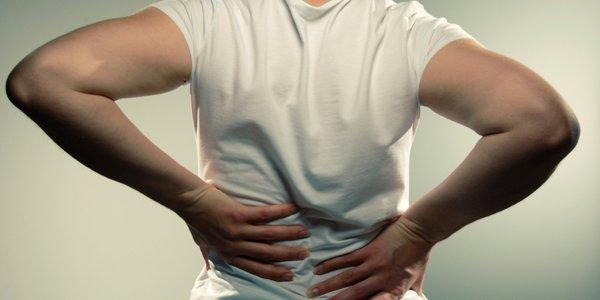 Do you have any injuries or ailments that are keeping you from practicing? Achy knees, rolled ankle, low back pain, bum shoulders, tweaked wrists or similar can sideline us, if we don't address them. If you do have a current or old injury, you should take a few minutes and assess your body head to toe.
Do you have any injuries or ailments that are keeping you from practicing? Achy knees, rolled ankle, low back pain, bum shoulders, tweaked wrists or similar can sideline us, if we don't address them. If you do have a current or old injury, you should take a few minutes and assess your body head to toe.
1. Do you have any aches or pain?
Common aches and pains happen from time to time. If you have minor aches and pains, you probably can eliminate them with a little therapy, corrective exercise, mobility work or strength. If your pain is acute and has been lingering for awhile, you should see a physical therapist, orthopedic doctor or similar to figure out whats going on and resolve the issue.
2. Check for mobility and asymmetry in your ankles, hips and upper back/shoulders.
The way our body is designed, we should have good mobility in our ankles, hips, upper back and shoulders. The majority of us are stiff is these areas, which causes compensations, dysfunction and potentially pain. We learned the following drills from Martin Rooney. These are a quick, simple way to uncover common tight spots and large differences on the right and left side of your body (asymetry).
ANKLES: Put your hands against the wall, staggered stance, and drive your front knee as far as you can, without raising the heel. The goal is to assess if one ankle is more stiff than the other.
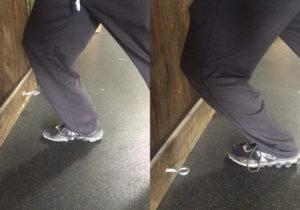
HIPS: Sit on a bench and cross one leg over the other, without using your hands to assist. Keep an eye on how difficult it is to get the leg up there, as well as, how high the knee ends up on both sides. Is one side more stiff then the other?
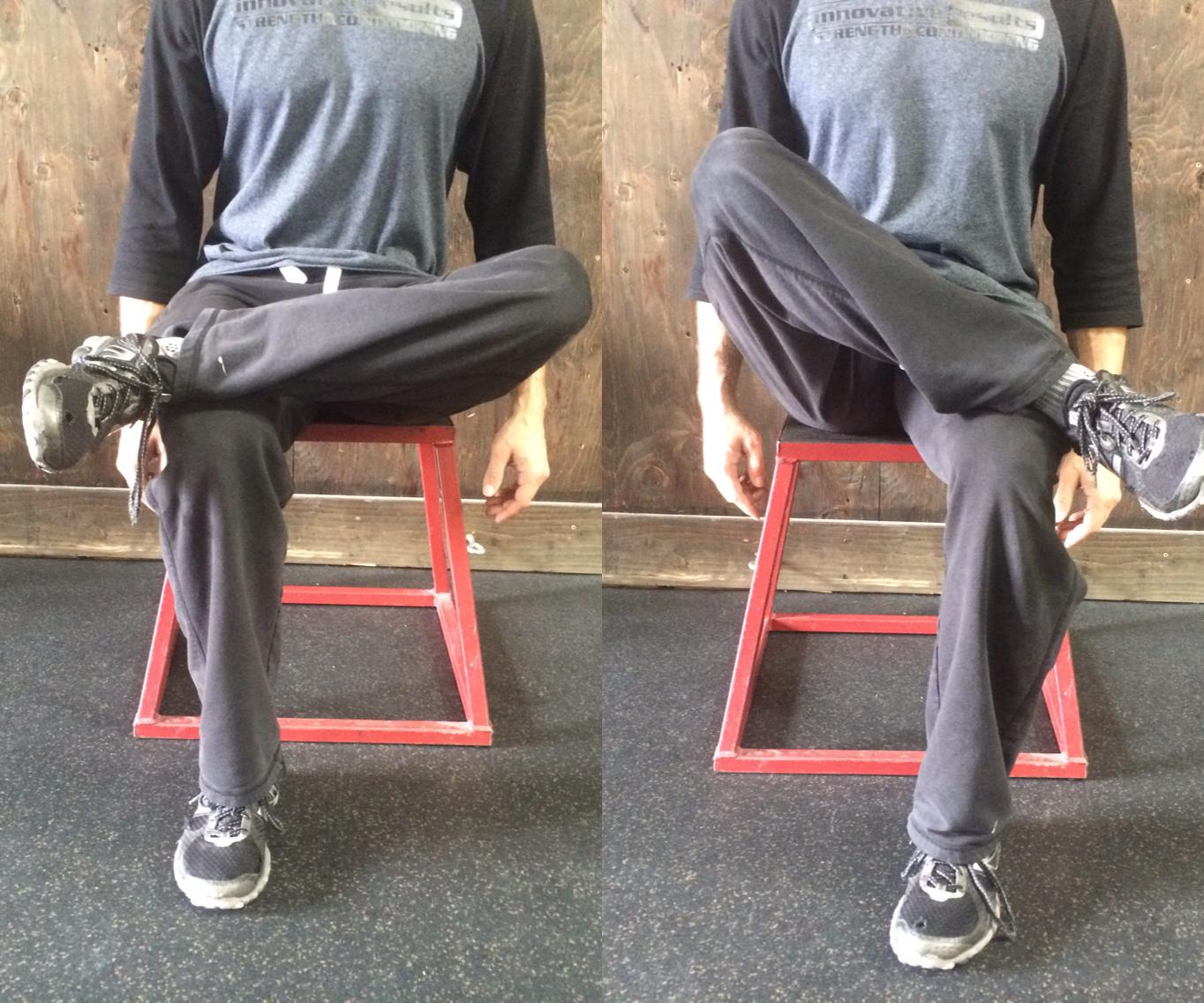
UPPER BACK: On all fours, place the fingers on the back of your neck, rotate and try to point your elbow toward the ceiling. Do 3-5 reps per side and see if there is difference from right to left.
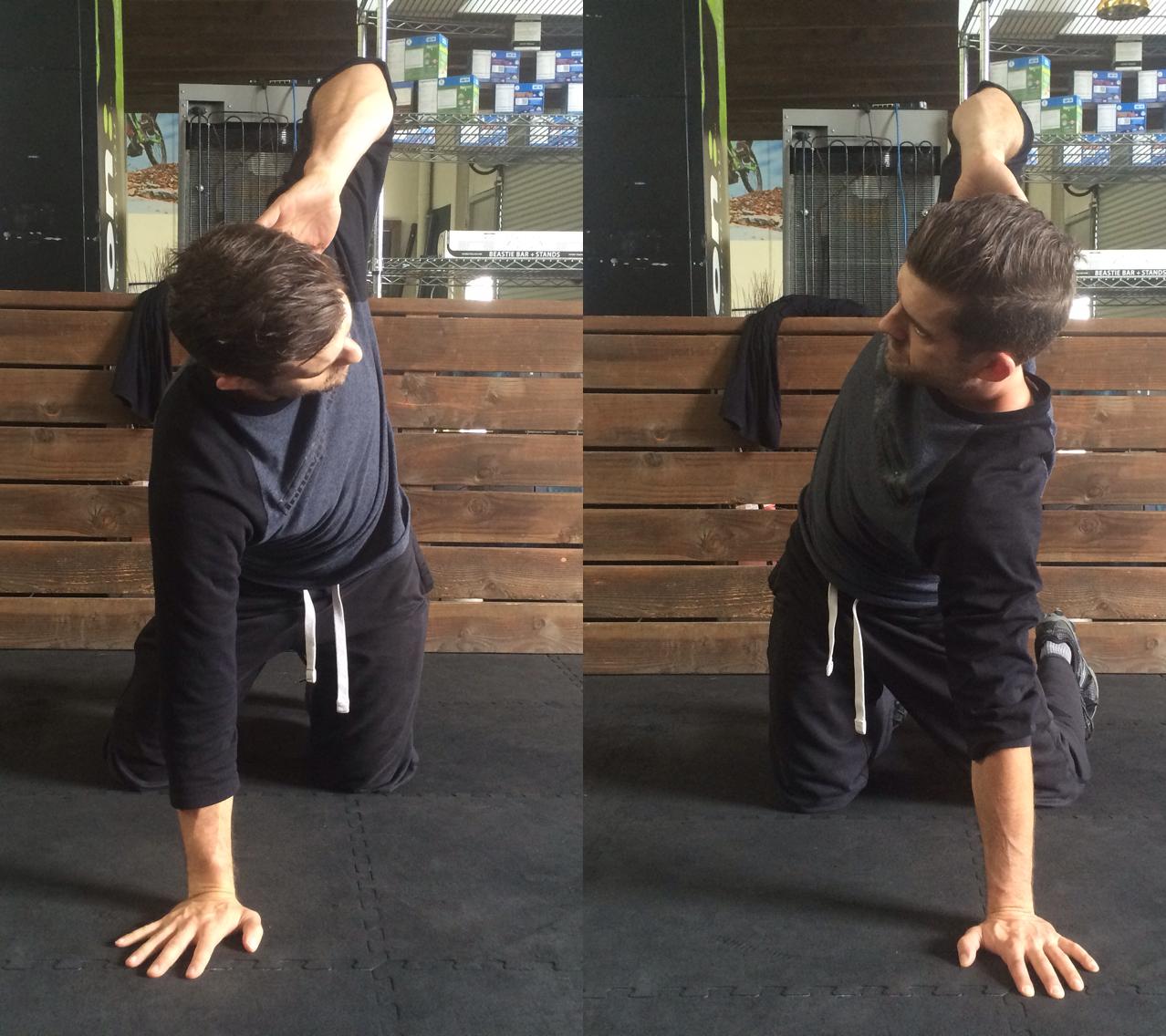
SHOULDERS: One hand reaches over the top, the other reaches from the bottom and your goal is to get the hands to touch. Do both sides and watch for a difference from right to left.
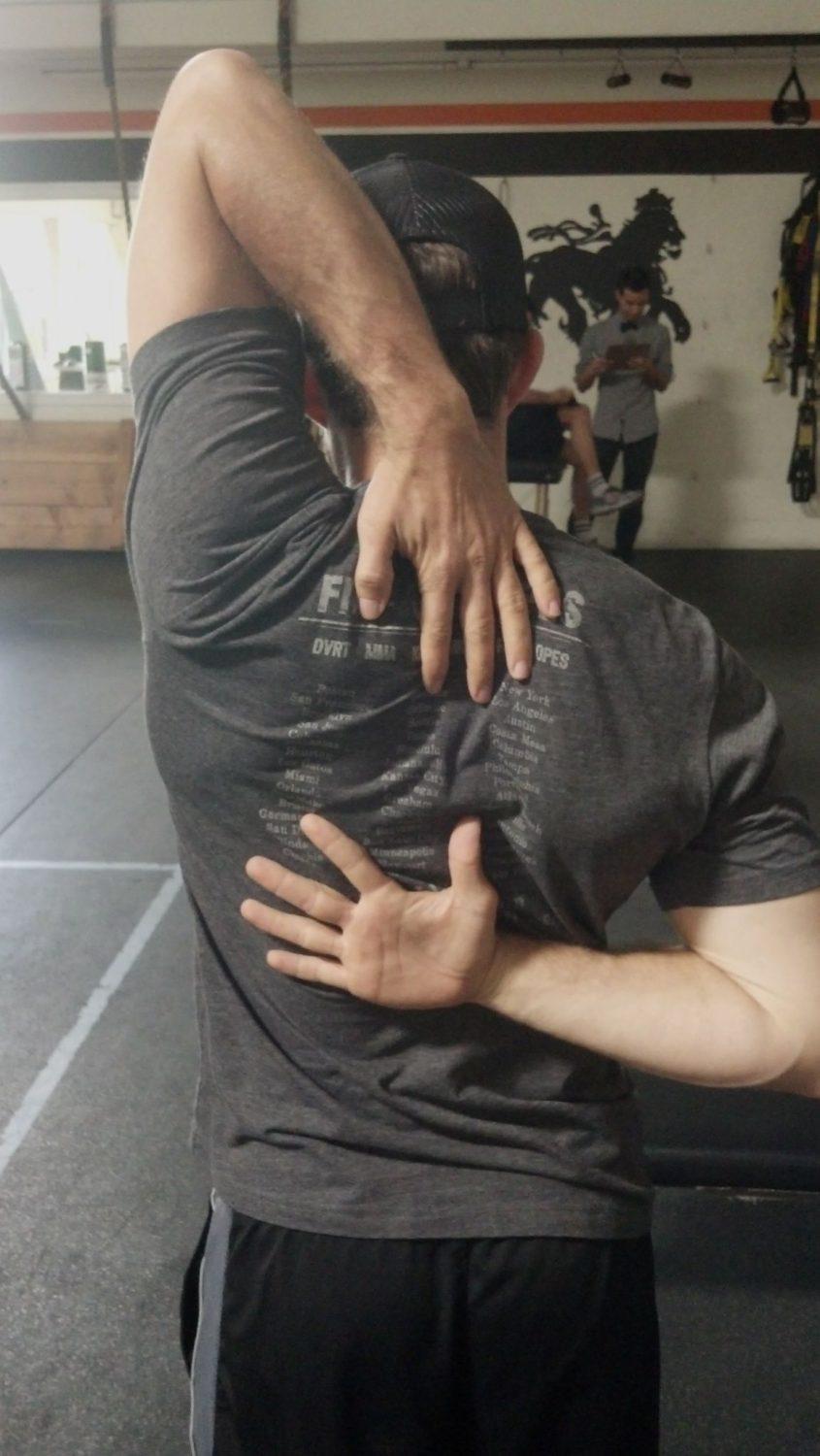
3. Do you have good stability in your feet, knees, torso and arms?
Mobility is the first part of the puzzle, but not the only one. We must also create stability to set a solid foundation. If we have weak, unstable joints, then when we add load or intensity our bodies will eventually break down. Here are a few simple drills to test stability:
4 Way Balance - Great drill we learned from Aaron Gonzales. Use a slant board, barefoot and try to balance on the balls of your feet/toes facing forward, backward and to each side (12, 3, 6 and 9 o'clock...or North, South, East and West). Keep the big toe engaged, heel elevated.
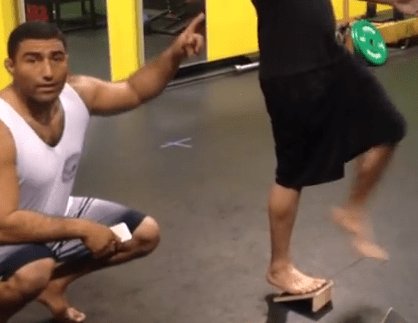
Single leg deadlift - Standing on one leg, maintain good posture, soft knee, and reach reach for the base foot. Try and keep the back tow down with the hips and shoulders square to the floor. Done correctly, this will challenge your feet, legs, hips and torso. Can you perform 5-10 perfect reps on each side? Is one side harder than the other?
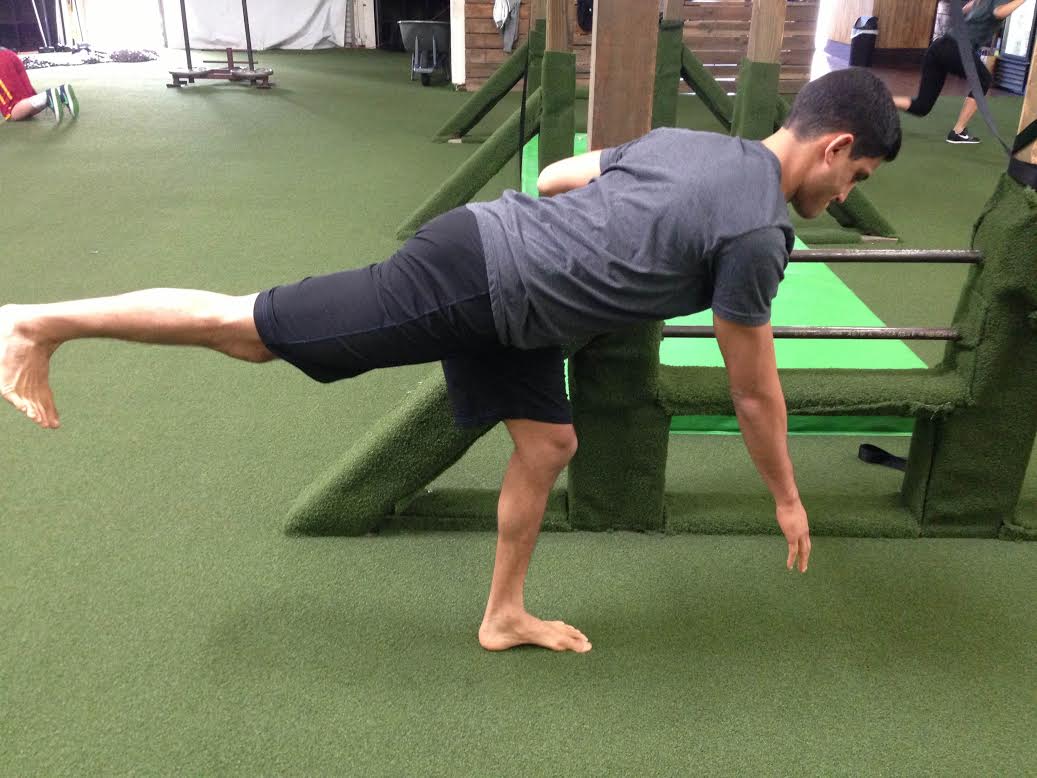
Plank - Holding the top of a pushup position can tell us a lot about a person's body. Hands under the shoulders, ankles together, knees together...are you able to keep your body straight from the top of your head through your ankles? Do the hips, low back, shoulder blades or head collapse? If so, these are weak links in the chain and need to be addressed.
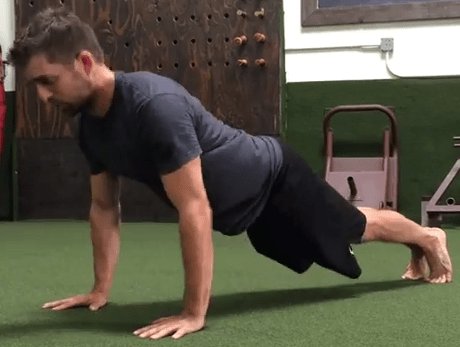
Belly Press - Standing perpendicular to the band, maintain a good athletic position, pull the band to the sternum and then extend the arms out in front of you. This is an anti-rotation exercise, meaning the band is trying to pull you toward the wall and you have to maintain stability throughout your torso and resist the rotation.Band resistance, distance from the anchor point and width of your stance will all affect the difficulty, so adjust accordingly.
Bat Wing - Learned this one from Dan John. Go face down on a bench, grab two dumbbells/kettlebells and row. Try to pull your thumbs to the arm pits, shoulder down/back and try to hold that position for 30sec to 1min.
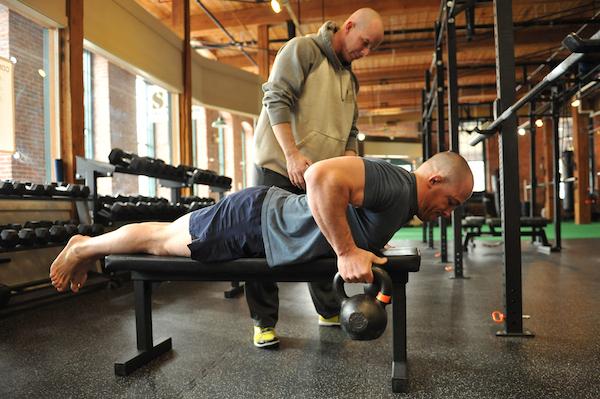
Bottom Up Carry - Flip a kettlebell upside down, hold in one hand, with the bell, wrist and elbow stacked vertically. The bell will want to fall to the side, so your hand and wrist are forced to stabilize the weight. For some, simply standing in one place is difficult...walking adds a bit more difficulty.
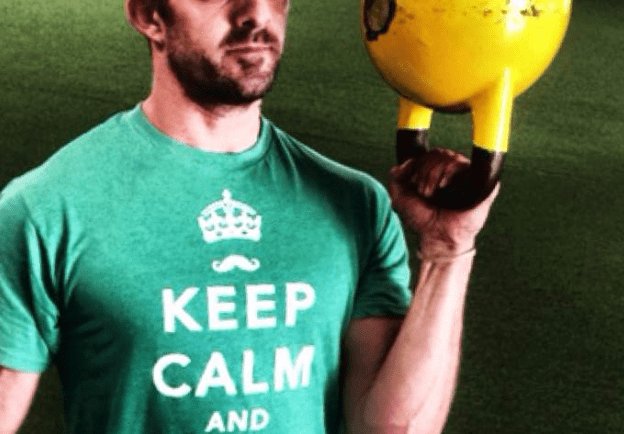
Turkish Get Up - Starting on your back, one arm extended toward the ceiling w/ DB or KB, your goal is to keep the arm vertical and go from laying on your back to a standing position. This is a full body drill and challenges a wide variety of positions. Although technical at first, it becomes second nature and is a great way to test and develop total body strength and stability.
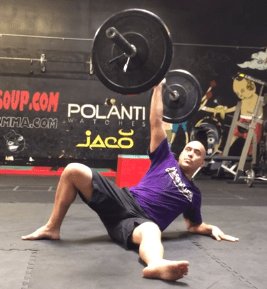
Crawling - Crawling is a great way to assess an athlete's ability to stabilize during movement. Head neutral, spine straight, hips still, knees close the ground. Crawl forward, backward and sideways. Watch for the head, shoulder blades, low back, hips and knees to see if there are any weak links. Commonly, people's head will drop, their butt goes in the air and the have a lot of body shift during the movement. Also make sure that the opposite arm and leg are working together and you are not moving the same side arm and leg together.
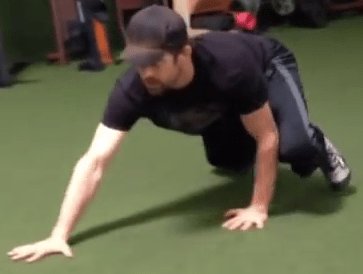
Locomotion - Moving on our feet is another great way to assess body awareness, coordination and our ability to move efficiently. Can you run forward and backward, side shuffle, carioca, skip, etc. Watching someone go through these drills can show you a lot about an athlete's health, ability level, etc. Do they favor one side? Does one leg move differently than the other? Are the opposite arm and leg working together?
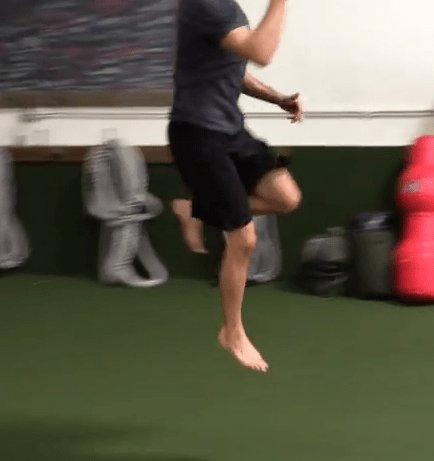
Assessing our athletes is absolutely essential and it should be a daily part of workouts. Many of these drills can simply be part of your warm up, which gives you consistent feedback on how your athletes are moving.
Once you are healthy and pain free then we can move onto more exciting strength and conditioning routines.
Be on the lookout for Part 2 of this series, where we discuss getting shape, conditioning and more.




